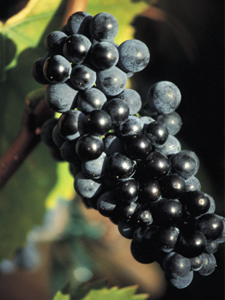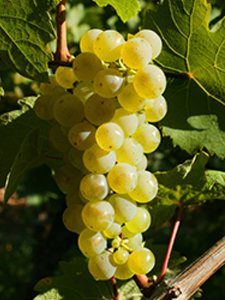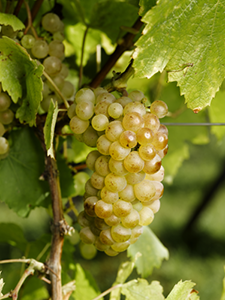Cépage of the domain
At the beginning of the first millennium, Romans introduced viticulture in Alsace. It flourished until the 30-years war (1618 – 1648), which ruined the Land. The new rise of viticulture in Alsace starts after the end of the 1st World War, and will never stop increases it’s quality. Unlike any other French vineyards, which take their name from the terroir where they are created, Alsatian wines are named according to the cépage they are made of. They are all labelled “appellation d’origine controlée”
- Sylvaner
- Muscat
- Pinot noir
- Pinot gris
- Gewurztraminer
- Riesling
- Auxerrois
Designations “Vendanges Tardives” and “Sélection de Grains Nobles” are exclusive cépages of “Muscat d’Alsace”, “Riesling”, “Pinot Gris” or “Gewurztraminer”. Those chef d’oeuvres are created when the year is really exceptional. Those wines become “Grand Crus”: prestigious and rare, they develop an amazing complexity and strength.
The “Cuvées Vieillies en Fûts de Chêne” rest for a minimum of twelve months in Bourgogne tanks (225 liters). Those tanks are made oak from Vosges Mountains. It allows the wines to become “wooded”, elegant, and complex.
The “Crémant d’Alsace” comes from the traditional method and is made with a “Pinot Noir” or a “Chardonnay”. It is served cold: about 5 to 7° C. This sparkling wine offers a lot of freshness and is little bit fruity. With its light foam and its gilded dress, the “Crémant d’Alsace” is perfect for your receptions and cocktails.
Photographs : ©ZVARDON-ConseilVinsAlsace, ©SPACH-ConseilVinsAlsace, ©BOUARD-ConseilVinsAlsace








